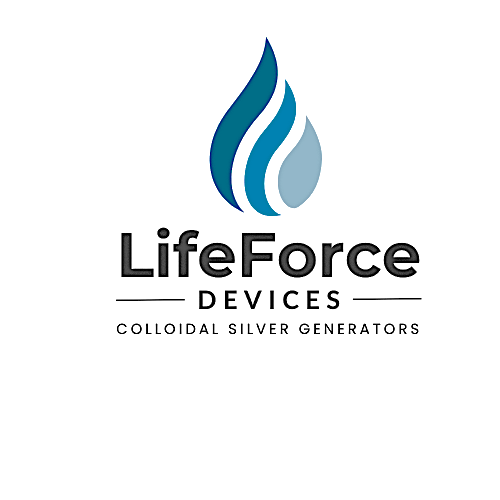 Loading... Please wait...
Loading... Please wait...
Recent Posts
- » The impossibility of silver ions present making colloidal silver with only distilled water and silver wire
- » more information on tds water testers, particle size, using thicker wire gauges
- » why no bubbler and the effect on particle size
- » rust collored stuff on the positive rod and bottom of container
- » more about "nano-particle" machines and particle size range versus all very tiny particles
Categories
- Home
- Educational Blog
- more information on tds water testers, particle size, using thicker wire gauges
more information on tds water testers, particle size, using thicker wire gauges
Posted by Mike gilskey on 28th Oct 2016
Here is a recent email and reply:
I have a Life-Force EZ-2 and have used it 3 times now but despite following the instructions for the appropriate length of time ect.. I cannot get the colloidal silver solution to go above 14-15 ppm. I do not think it is due to my TDS meter as that displays different values on other solutions and consistent values of 14-15 on my silver solutions. Information/advice would be much appreciated.
-Andrew
Andrew, tds meters read solutions, not colloids (tds means total dissolved solids). Solutions are where the solids are single ions, atoms or molecules dissolved in water. Much colloidal silver on the market is actually ionic silver or is all-one-size very small colloidal silver particles, so it reads OK.
Colloids are clumps of atoms or molecules suspended in water. Colloidal silver particles are clumps of atoms from about a dozen at 1 nm to over 100,000 at 590 nm.at concentrations of 1 ppm to 40 ppm.
Our colloidal silver generators produce larger particles as the concentration increases and tds meters pass a very tiny current through the suspension (a few microamps) which is not carried well by the larger particles. The higher the concentration, the more inaccurate to the low side the tds meter will read, because there is a bigger fraction of large particles present.
My $400 lab grade meter starts reading low at 13 ppm and $25-$50 meters may start to read low at 3 ppm. My meter reads 15 ppm as 13 ppm, 20 ppm as 17 ppm, 30 ppm as 26 ppm and 40 ppm as 34 ppm. You can contact Hanna Instruments to verify the problem with reading colloidal silver.
LifeForce's timing chart was made using a meter to monitor the current passing through the silver wires to calculate the ppm of the suspension. It is the most accurate way to tell ppm, short of doing a chemical assay, which is expensive.
Also, with 14 gauge silver wires the color tells the ppm. 15 ppm is faint yellow, 20 ppm is bright yellow. 30 ppm is orange and 40 ppm is reddish brown.
Thicker gauge silver wire produces color changes at higher ppm, because the increased surface area causes smaller particles to be made longer. 12 gauge: 22 ppm faint yellow, 27 ppm bright yellow, 40 ppm orange and 53 ppm reddish brown 10 gauge silver wire: 30 ppm faint yellow, 40 ppm bright yellow, 60 ppm orange and 80 ppm reddish brown.
Also, the higher the concentration, the more metallic it tastes.
Hope this helps
Mike
